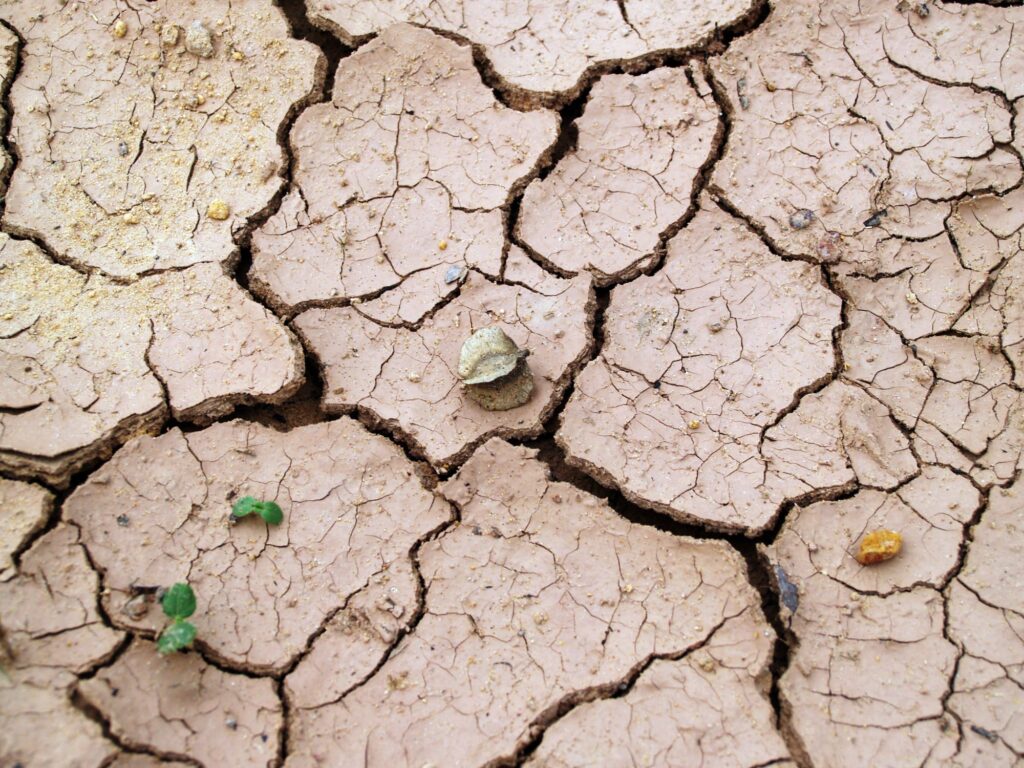It happened. After several announcements, water was listed on Wall Street on December 8th. If you haven’t read this news yet, don’t worry, you’re not poorly informed: we simply haven’t talked about it enough.
Since it is finance and quotations, this is a historic turning point that makes little fuss because its consequences are neither immediate nor easily predictable.
The fact is that the most precious resource in the world today is a commodity (medium of exchange that can be traded), such as gold, oil, and coffee, and will be influenced by financial speculation, fluctuating with market trends.

The Cme Group, in collaboration with Nasdaq, launched the world’s first water future. Thus, the blue gold landed in the American stock exchange. The market is currently restricted to water resources in the state of California, and is valued at 1.1 billion dollars.
Ok, but, what is a future?
Futures are contracts. Those who buy them today set the price at which, in a given time in the future, they will be able to buy an asset, water in this case. You buy a future if that asset price is expected to rise before that date, so that you can benefit from the difference in price. Therefore, it’s clear that there’s an interest in listing a raw material because of the potential value that it can acquire over time.
As for water, all this does not bode well. While buying these futures, farmers, traders and municipalities will be able to hedge against future increases in the price of water resources, there are those who could use them like any other futures, that is, as a financial tool to get rich, and perhaps speculate.

But why is the price of water expected to rise? The answer is as simple as it’s alarming: water is a good which is likely to become scarce.
Two billion people already live in nations suffering from water problems, and nearly two-thirds of the world could face water schortage in just four years. The water on our planet is 97% salty. Just a third of the remaining 3% is directly usable by humans to quench their thirst, according to the US Geological Survey.
Unfortunately, these figures will get worse, with serious consequences for human rights as well. As a matter of facy, on July 28th, 2010, the United Nations Assembly included access to drinking water among the “universal and fundamental human rights”, However, the situation is different to this day.
785 million people, that is one in 10 inhabitants of the planet, do not have safe access to drinking water. Every year in the world 297 thousand children under the age of 5 die from diarrhea linked to water shortage and health issues, mainly in Africa. Besides, poor sanitation of environments and drinking contaminated water underlie the proliferation of diseases such as cholera, dysentery, hepatitis A and typhus.

Another fact to consider is the well-known climate change.
Natural disasters are on the agenda, and as we know many of them are linked to water shortages (drought, famine and desertification).
Therefore, it’s no coincidence that Californian water has gone public at this very moment in history.
The state of California has recently suffered the terrifying wildfires that have ravaged the west coast, and has experienced prolonged drought for the past 8 years. Therefore, investors have grasped a strong sensitivity on the issue in the area, and took advantage from it.
Whoever establishes the rules of the financial market does not put philanthropy first, but profit. It’s not a fault, just a reality, which however risks making the struggle for water (inevitable in the future of our planet) even more complex and difficult.

In short, the value of water as a fundamental human right should go beyond market logic.
As UN special rapporteur Pedro Arrojo-Agudo pointed out in a statement on last December 11th: “water is too precious to be left alone in a financial space so exposed to the risk of speculation.”
The future of humanity is literally being listed on the Wall Street stock exchange. This is not an episode of Black Mirror. Are we sure that’s what we want?





